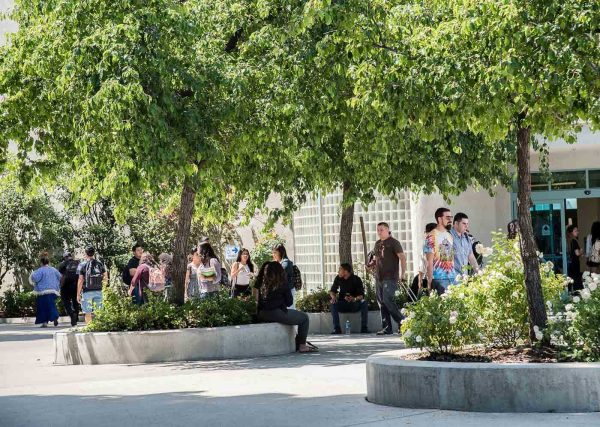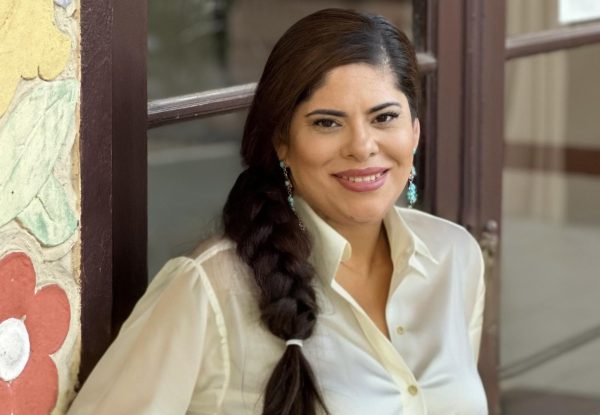BLM for Education
Fighting to close the racial gap within education
With Black History Month ending just last week, the fight for change in black communities for education is still an ongoing battle. Education is celebrated as a powerful tool for students. Thus many Black Lives Matter activists have been fighting to close the racial gap between students and pushing for the educational system to improve their curriculum and discipline.
Their efforts have proved a success in school districts such as San Diego, Milwaukee, Indianapolis, and Philadelphia.
Considering the small population of black college students attending college, activists have pushed the board into repairing the barriers of entering and finishing college. However, not much change has been seen, with only some colleges working to fix the obstacles for underprivileged students.
While many schools have opened up about their thoughts and support for BLM, Tyrone C. Howard, an author and teacher from EDSource, highlighting strategies for student success, has spoken out about his concerns about the support of the educational system.
“If schools are really serious about addressing anti-Black racism beyond this mainstream moment then there will have to be a much greater investment in different policies, practices, and beliefs when the fervor dissipates,” said Tyrone C. Howard from EDSource, “When the marches stop, schools will need to look at themselves hard in the mirror and ask, how can we say Black Lives Matter when we are complicit in Black student failure?”
Systemic racism in education can be found in less support for black students that are enduring unfair funding, unjust discipline, and racial gaps. According to the National Center for Education Statistics, black high school students have a higher chance of being suspended than their white or Latino peers. This higher chance sits at twice as likely.
Black students will be unfairly disciplined for the same behaviors as their peers who aren’t receiving similar treatments. Today, statistics prove that black students are more likely to not graduate from high school compared to white students who have similar family incomes.
So while there have been drastic changes, many agree that there’s still much work that needs to be done.





